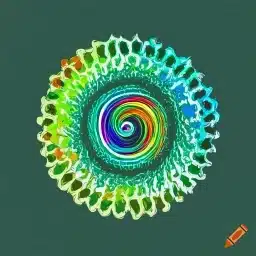
Hemp has been an important crop for clothing and upholstery textiles for a long time. From the 1930s, hemp fibres were gradually replaced by cotton and fossil-based fibres. With stronger focus put on sustainability in recent years, hemp for textiles is being reconsidered as a viable alternative. This development is accelerating due to the increasing demand for flax textiles and the decreasing production of flax due to drought sensitivity combined with the low rotation frequency of flax cultivation.
The processing and textile applications of hemp are basically similar to flax. After the hemp stalks are retted, dried and baled, the parallel stalks can be further processed into long fibres and eventually yarns. The industrial processing of hemp into textiles can be distinguished in two: the production of yarns based on long fibres and on short fibres. The short fibres are either a by-product of long fibre processing, or a product of technical fibre production. The obtained yarns can be processed into fabrics by weaving or knitting. After weaving or knitting, further finishing and post-treatment are often required.
Europe Hemp Handbook by Wageningen University & Research


